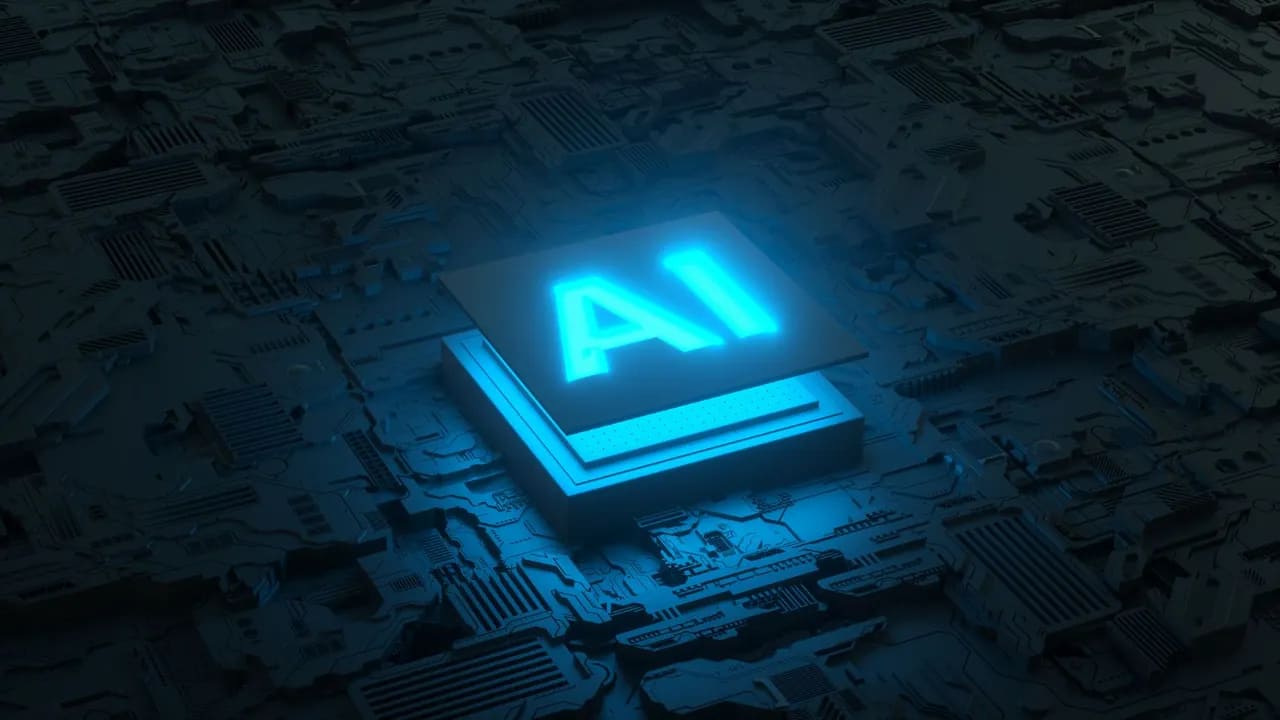For a while, OpenAI and Microsoft seemed like the perfect pair in the AI world. They teamed up to bring powerful tools like ChatGPT to the public and integrated AI into Microsoft products like Bing and Word.
But lately? Things aren’t going so smoothly.
Let’s break down what’s happening — in plain language.
How the Partnership Started
Back in 2019, Microsoft gave OpenAI a huge investment — $1 billion to help push AI research forward.
That kicked off a deep relationship:
- Microsoft gave OpenAI access to its Azure cloud to run powerful models.
- OpenAI gave Microsoft access to its best AI tools, like ChatGPT and DALL·E.
- Microsoft started using those tools in Office, Bing, and Copilot.
They helped each other grow fast in the AI space. But now, cracks are starting to show.
So, What’s the Problem?
Recently, several issues have come up that are straining the partnership.
1. Microsoft Is Building Its Own AI
Even though Microsoft still supports OpenAI, it’s now working on its own AI model, called MAI-1.
That’s kind of like baking your own cake while you’re already buying one from a top bakery. It sends a message: We’re preparing to do this ourselves.
2. OpenAI’s Leadership Was a Mess
Late last year, OpenAI shocked everyone by firing its CEO Sam Altman — then bringing him back just days later.
The wild part? Microsoft only found out minutes before the public did.
That didn’t sit well with them. After all, they’ve invested billions. They expected to be in the loop.
3. Microsoft Doesn’t Have Much Control
Even though Microsoft has poured tons of money into OpenAI, it doesn’t have a seat on the board.
That means OpenAI can make big decisions without asking Microsoft — like firing their CEO — and Microsoft just has to roll with it.
Why Should You Care?

You might be thinking, “Okay, but how does this affect me?”
Here’s why it matters:
- If they split, AI tools you use every day could change — or stop improving as quickly.
- Microsoft might push its own AI tools, which could create competition or confusion.
- OpenAI might need new partners if Microsoft pulls back funding or cloud support.
- It could lead to higher costs or limited features if AI tools become more separated.
Microsoft vs OpenAI: What’s the Difference Now?
| Feature | OpenAI | Microsoft |
| Focus | Research + innovation | Business tools + software |
| Known for | ChatGPT, DALL·E | Office, Copilot, Azure |
| Dependence | Uses Microsoft’s cloud | Starting to go solo in AI |
| Strategy | Push tech forward | Win in enterprise AI |
What Could Happen Next?
Here are a few possible paths:
- Microsoft launches its own chatbot to compete directly with ChatGPT.
- OpenAI finds other tech partners (maybe Apple or Amazon) to stay independent.
- They keep working together — but with more distance than before.
No one knows for sure yet.
Main Takeaways (TL;DR)
If you just want the short version:
- OpenAI and Microsoft are having relationship issues.
- Microsoft is quietly building its own AI tools.
- OpenAI’s past leadership drama made Microsoft nervous.
- Microsoft has little control despite huge investments.
- A future split could shake up the AI world for users, developers, and businesses.
Final Thoughts
Even though they’re still technically partners, Microsoft and OpenAI aren’t as close as they used to be.
This change could lead to more AI competition — which is exciting — but also more confusion for everyday users.
